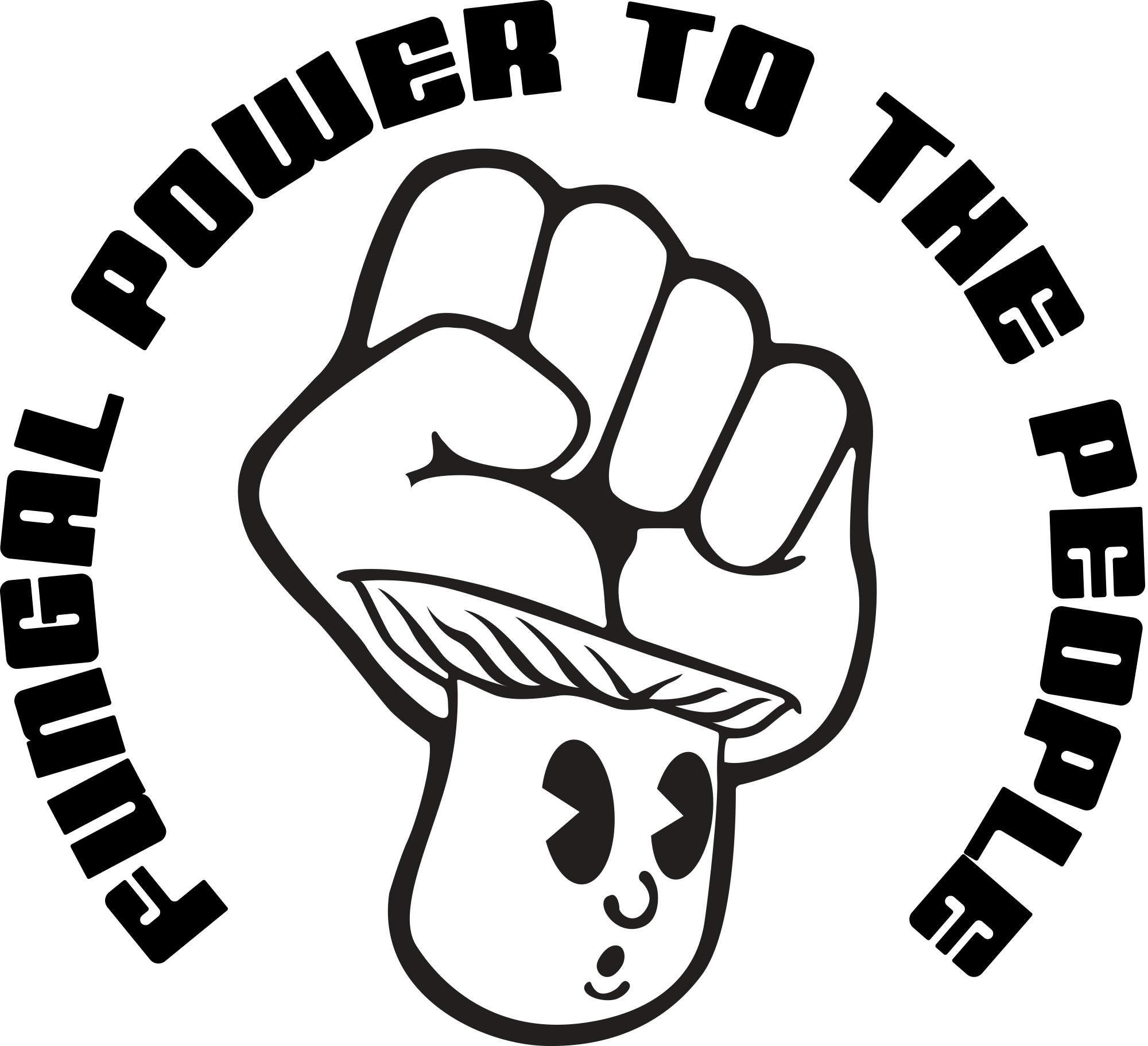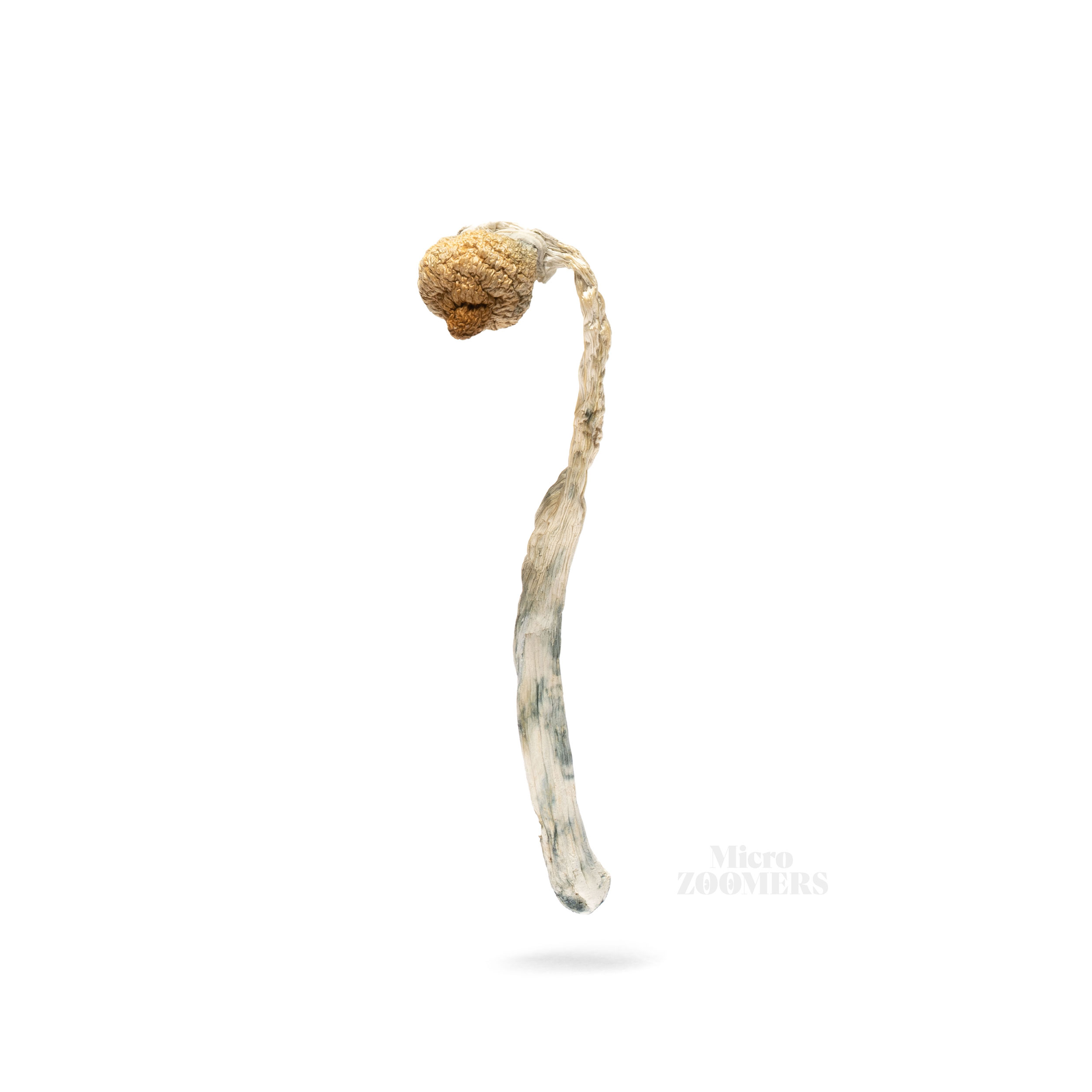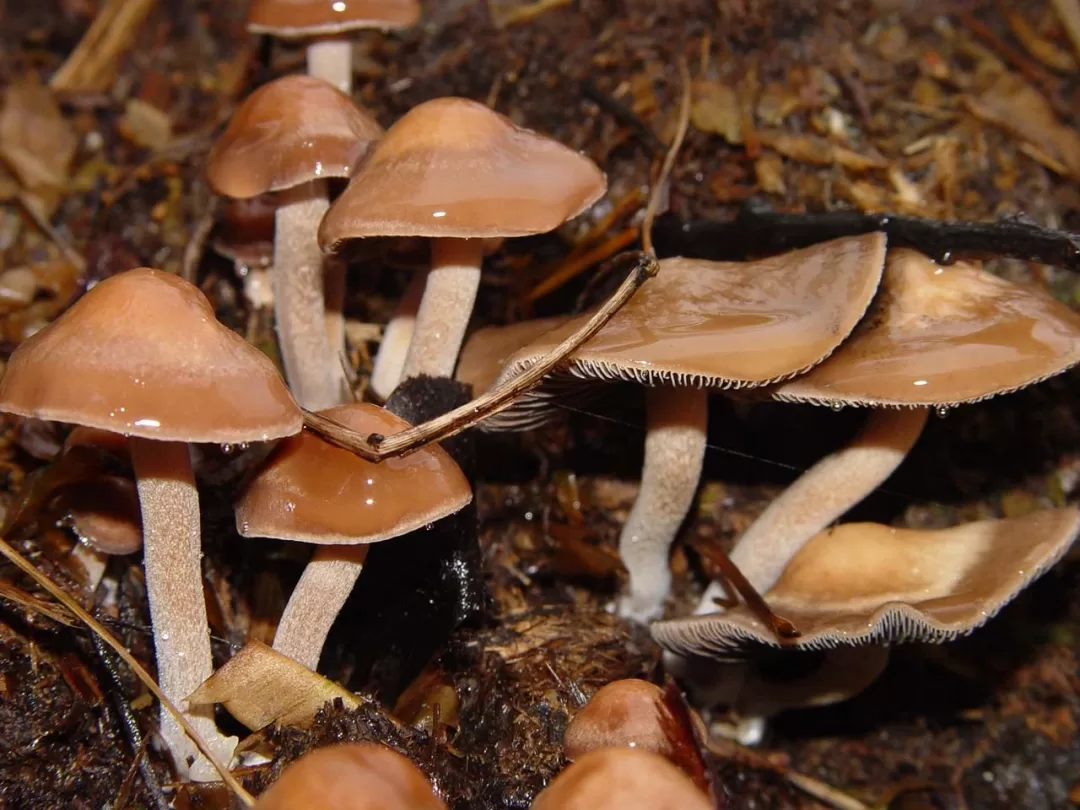PANAEOLUS-COPELANDIA
Panaeolus is a cosmopolitan genus of agaric mushrooms which belongs to the Coprinaceae family. Thirteen species of Panaeolus contain the hallucinogen psilocybin including Panaeolus cyanescens, Panaeolus subbalteus, Panaeolus tropicalis, Panaeolus africanus, and Pan. cambodginiensis.
6 Strains
-
CAMBODIAN CUBENSIS
PANAEOLUS-COPELANDIA
Learn More -
PANAEOLUS CAMBODGINIENSIS
PANAEOLUS-COPELANDIA
Learn More -
PANAEOLUS AFRICANUS
PANAEOLUS-COPELANDIA
Learn More -
PANAEOLUS CYANESCENS “BLUE MEANIE”
PANAEOLUS-COPELANDIA
Learn More -
PANAEOLUS TROPICALIS
PANAEOLUS-COPELANDIA
Learn More -
PANAEOLUS SUBBALTEUS
PANAEOLUS-COPELANDIA
Learn More






